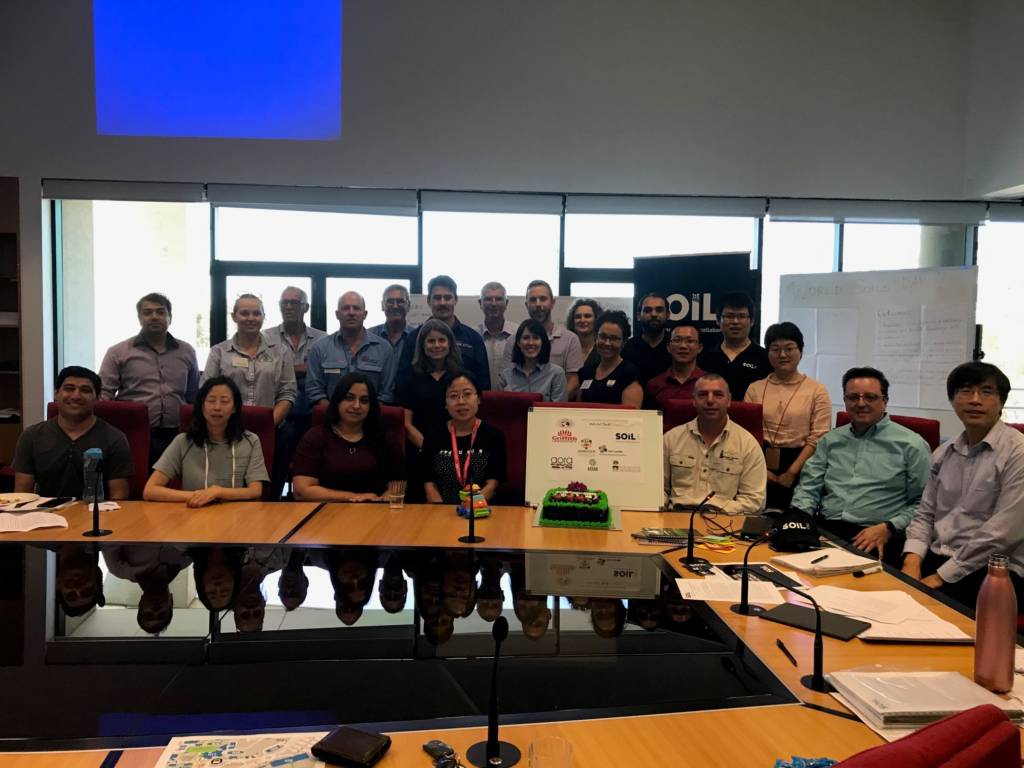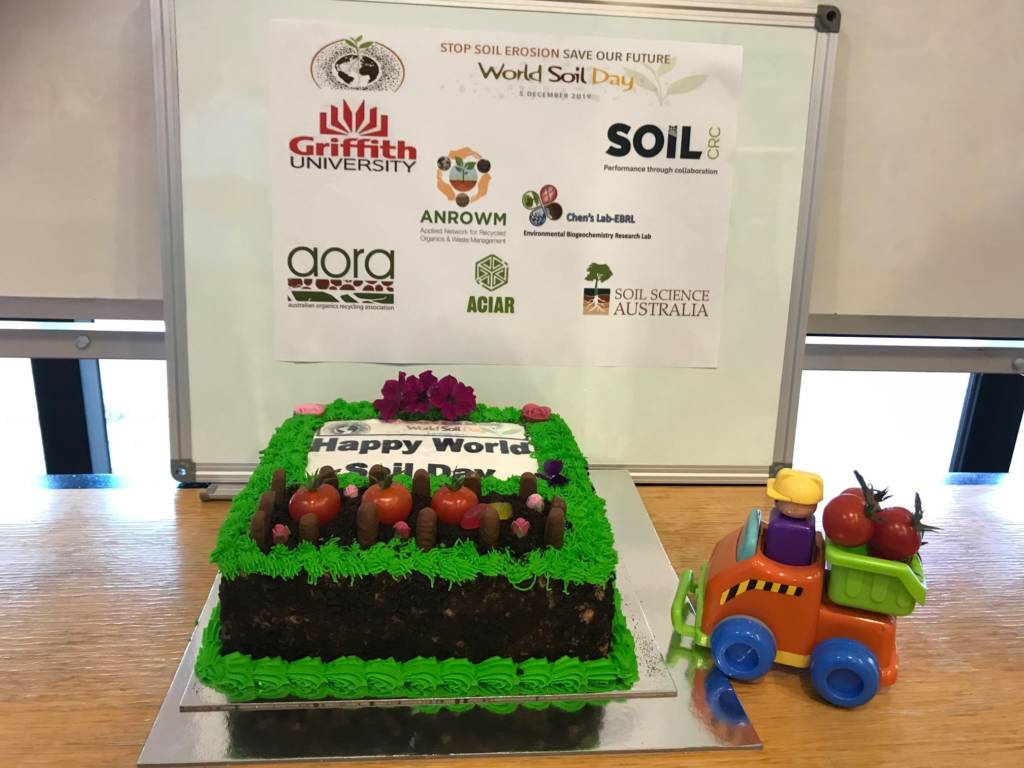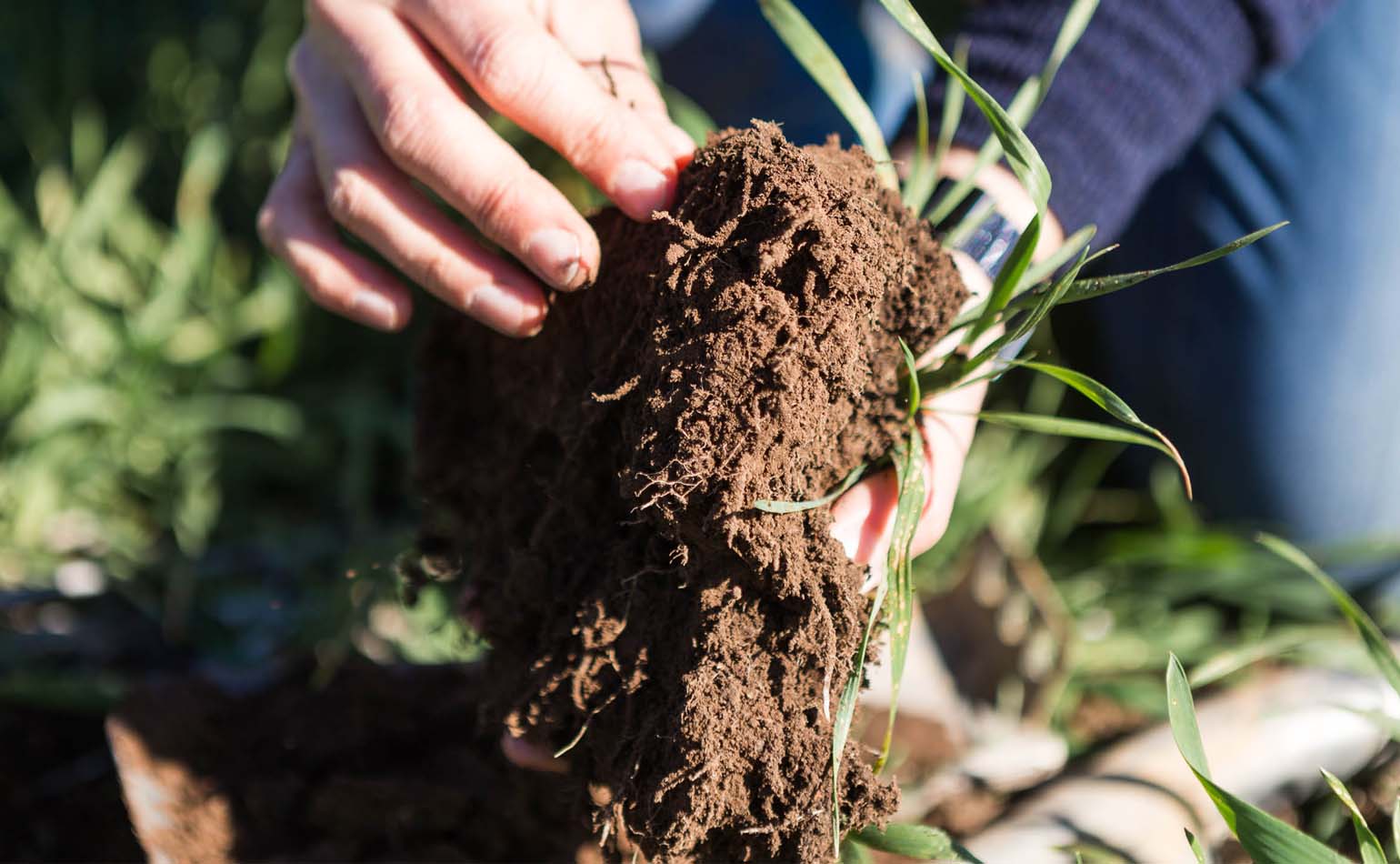The United Nations declared 5 December as World Soil Day in 2014 to raise the awareness of the importance of good soil management across the globe. Today, people all over the world are talking about soil, and that’s worth celebrating.
Along with sunlight and water, soil is one of the essential ingredients for the growth of crops and pastures. Soil is irreplaceable, especially at the scale, effectiveness and efficiency required to grow Australian agriculture to $100 billion by 2030.
Australian agriculture has achieved impressive productivity gains despite the inherent infertility and generally poor quality of our soil. After widespread land clearing in the 19th and early 20th centuries, the inherent fertility of our soil was quickly run down in subsequent decades, only to be saved by the advent of superphosphate fertilisers and nitrogen fixing legumes (the sub and super revolution). More recently, the introduction of nitrogen fertilisers and conservation tillage techniques have again allowed for increases in productivity.
However, the gains in productivity in many of our agricultural soils have come at a cost, and degradation in many forms (erosion, acidification, compaction, salinisation and loss of organic matter) has been a key cost of much of Australia’s agricultural progress.
This cost has been widely recognised by both government and farmers, and with the help of research, farmer management of our soil in the past few decades has focussed on fixing and reversing the degradation of earlier years.
Australian agriculture is now characterised by soil management practices that aim to reduce the damage done to the soil so that it is productive and sustainable for future generations. We are witnessing the emerging popularity and practise of ‘regenerative’ agriculture, which aims to regenerate or restore soils to a better condition than they were previously.
As most farmers in Australia will tell you, any focus on soil management needs to be understood in the context of more intense and frequent droughts, rising average temperatures, and a long-term outlook for a generally warmer and drier environment.
Drought affects soil management in a number of ways. On the one hand, a well-managed soil with high levels of fertility, organic matter and structure will be more resilient in dry times and recover quicker when it does rain again. On the other hand, it is difficult to apply many soil management practices when soils are water-limited, and the financial capacity of the farmer is cash-limited.
Apart from the challenges of drought, there are also opportunities for Australian agriculture through climate change. Soil’s ability to sequester carbon as soil organic matter can partially offset the emissions of carbon dioxide to the atmosphere from other sectors. Sequestering carbon as soil organic matter has many additional benefits as increased soil organic matter generally relates to increased fertility, increased infiltration and water-holding capacity, improved soil structure and aeration, increased soil biological activity and function and generally improved soil health.
If Australian agriculture is going to support sustainable, increased crop and pasture production, then soil management will need to improve even further. Without this, the potential production gains will not be realised, or given the fragility of our soils, they will be realised but at a detrimental cost to our soil resource.
Australia has some of the best soil science capability in the world. At an international level, Australian scientists are regularly recognised for their rigour, relevance and research outcomes. However, future breakthroughs will come from increased collaboration of soil scientists with other science disciplines, together with advisors and farmers, to create innovative soil management solutions.
Having research solutions is one thing. Just as important is that the soil management solutions are adopted and put into practice by farmers. There needs to be an equally strong commitment to working with farmers to ensure that the research and technical knowledge is widely disseminated and communicated.
Soil CRC celebrates World Soil Day 2019
Across Australia, our Soil CRC members flew the soil flag high on World Soil Day.
The Soil CRC Building Capacity Project held a workshop at Griffith University for the Northern Soil Community of Practice for improved soil management. This project involves Landcare, NRM and farmer groups from across Australia coming together to upskill and learn more about soil management.
Today, on World Soil Day there were participants from North West LLS, Northern Slopes Landcare Association (NSLA), North Coast Local Land Services, Central West LLS, Northern Grower Alliance, Burnett Catchment Care Association, Central Highlands Regional Resources Use Planning Cooperative Limited (CHRRUP), Hunter Local Land Services, Burdekin Productivity Services and Herbert Cane Productivity Services. The purpose of the workshop was to determine the learning objectives and activities that will increase their skills and knowledge to build soil health technical capacity. A perfect thing to do on World Soil Day.

Not only did they workshop, but they got together with our other soil loving colleagues at Griffith University. Professor Chengrong Chen – project leader of Evaluating alternative rhizobial carriers, from the Griffith Environmental Biogeochemistry Research Laboratory and Dr Maryam Esfandbod (Vice President of Soil Science Australia – Queensland Branch).

This cake is surely the winner of best World Soil Day cake!

The good folks at Soil Science Australia tried to entice us into a bake-off, throwing the gauntlet down. We’d like to say we won, but sadly, our baking efforts pale in comparison to our research efforts!


